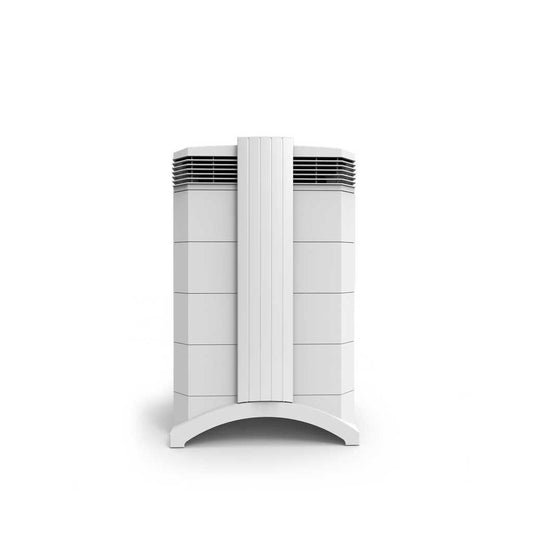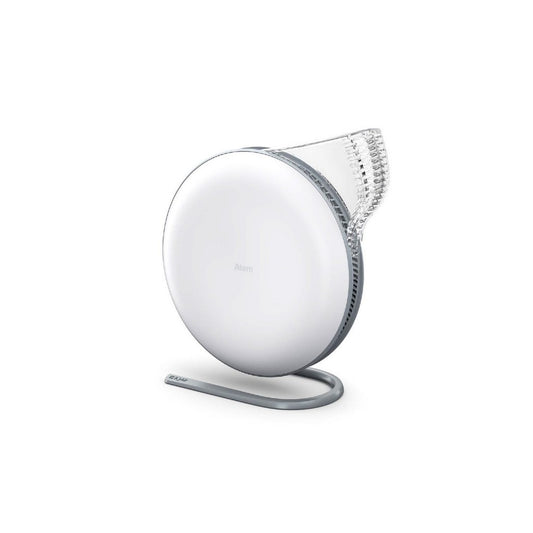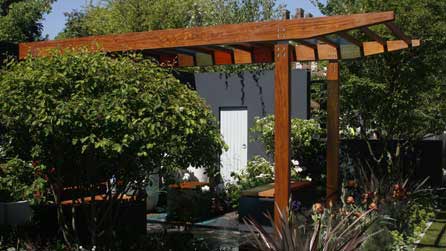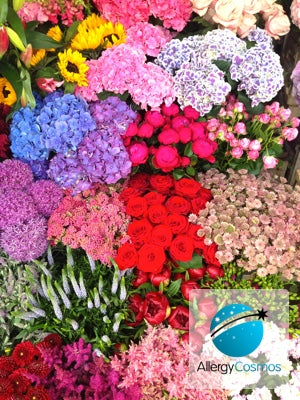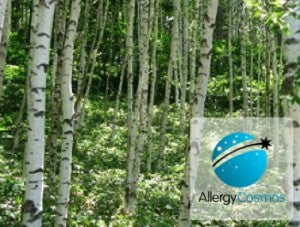
Pollen Allergy
Pollen grains contain potent allergens which can cause hay fever, asthma attacks and conjunctivitis. As pollen comes from trees, grass and weeds, most exposure occurs outdoors. However, pollen is also a component of household dust, so you may also find yourself reacting to pollen indoors. Pollen is probably one of the most difficult allergens to avoid because it is very mobile and can hover in the air for long periods of time.
Frequently Asked Questions
What is pollen allergy?
What health problems are caused by pollen allergy?
How common is pollen allergy?
How can I reduce my exposure to pollen outdoors?
How can I reduce my exposure to pollen indoors?
What types of pollen cause hay fever?
Related Products
-
Allersearch ADMS Anti-Allergen Dust Spray
Regular price £20.95Regular priceUnit price per -
IQAir HealthPro 100 Air Purifier
Regular price £899.00Regular priceUnit price per -
IQAir Atem Desk
Regular price £399.00Regular priceUnit price per


